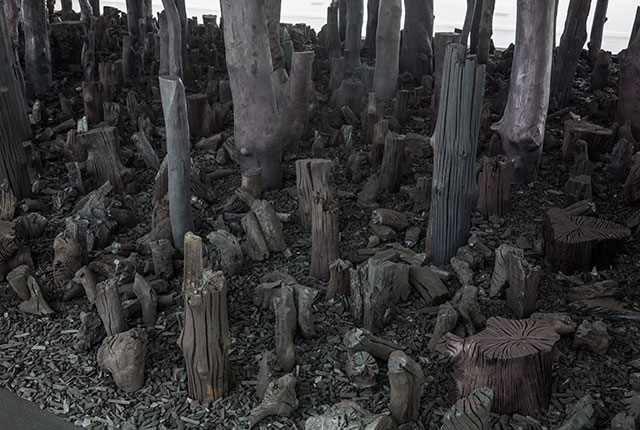In design – there are two ways to construct an item: a homogenous construction and modular construction.
Modular is defined as ‘employing or involving a module or modules as the basis of design or construction‘. Modular structure distributes the elements into various modules, or skids, independently that can be plugged together into one complete structure.
Modular structure is like building things out of lego. Each piece of lego is customized to be able to fit together like a puzzle piece into one complete structure. It is important to note that the modules can be added, removed or re-arranged.
A benefit of modular structure is the freedom in customization and how easily it can be changed to cut costs in replacement or repairs.
Some examples of modular structure and design includes…
Ikea is well known for it’s cost efficient and customizable furniture. I remember about two or three years ago I went to IKEA with my family and picked out kitchen counter tops. They gave us a variety of choices – from the material of the counter top, the wood type in the frame and even the material of the handle of the drawer. Modular design allowed change and customization and this freedom is what makes each piece of furniture unique to an individual.

It is also observed (but less frequently so) in architecture, where the choice to make it modular is more of a practical and economic alternative to homogenous structure. Though most architecture around us is an in-between. of the two. This however potentially creates a monotonous pattern that might result in a loss of design identity.
But design aside, let’s try looking at it in a installation perspective!

Untitled by Mademoiselle Maurice
I remember seeing this a few years ago at Singapore Arts Museum, never thought it’d be something I think about looking at modular design. This art piece consists of origami cubes, cranes, boats and fishes hung in a spiral.
This is done by Mademoiselle Maurice, and she is known for various other works involving similar idea of vibrant origami pieces folded into a shape, as well!

Black Forest by Han Sai Por
This is another modular work I recall seeing in Singapore Arts Museum, this time during the Singapore Binenale 2016 titled Black Forest by Han Sai Por. I remembered how every little trunk and branch was burnt or coated in black or charcoal, and how they seem to be put together almost like a city or a forest. This piece was a message about ecological problems in today’s world.

In my research, I came across this design that utilizes modular structure to create a partition for an office space. Allowing varying transparency and reducing reverb. I was fascinated by how modular design could be adapted into various scenarios and also how the modules allowed for a unique purpose to be multiplied for greater effect! read more here!
WELL THAT WAS ENLIGHTENING!
Now to compose my magical box of magical music.
Okay Bye

